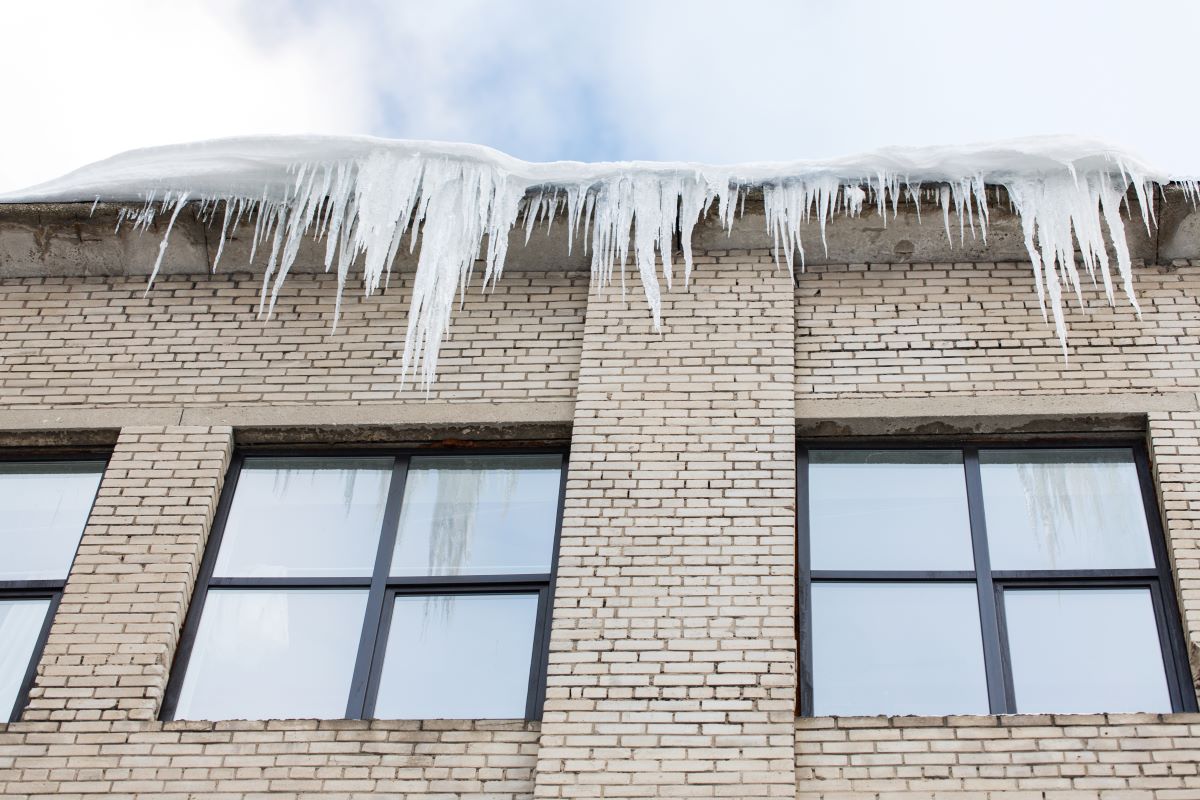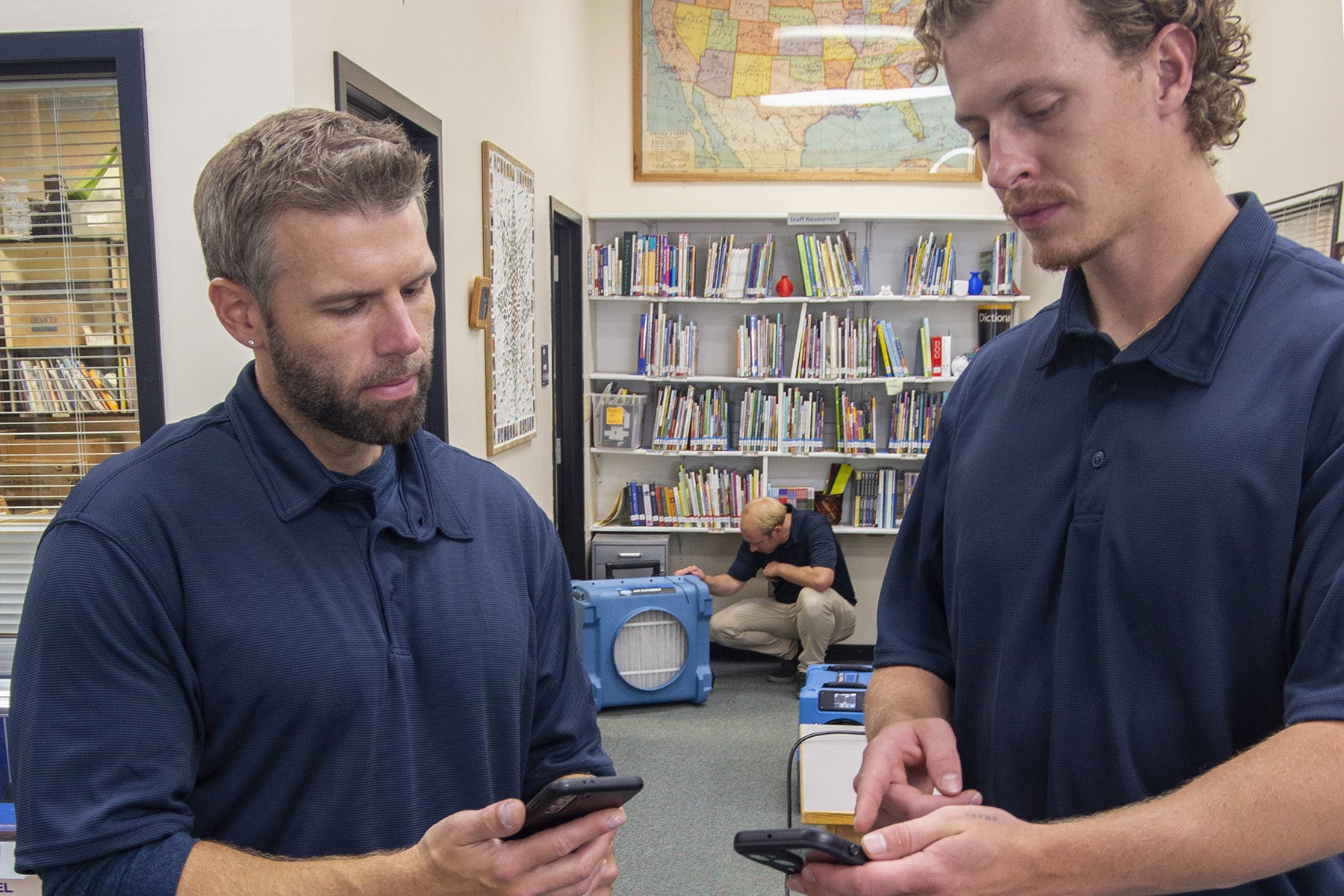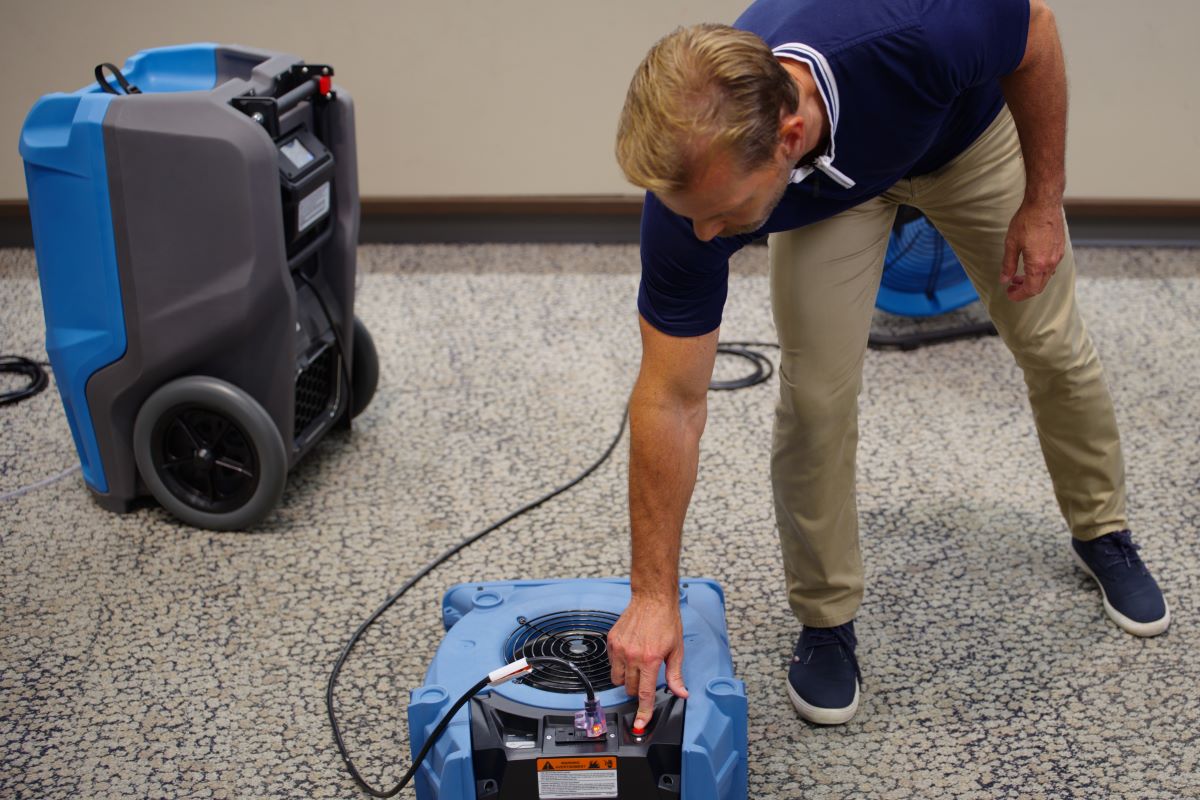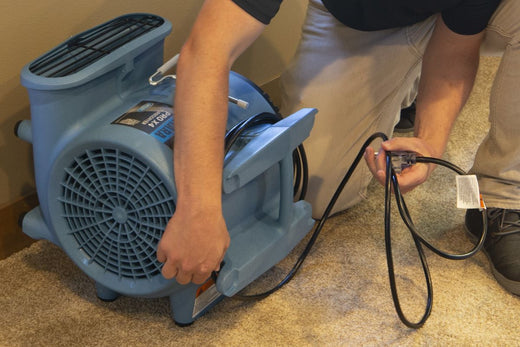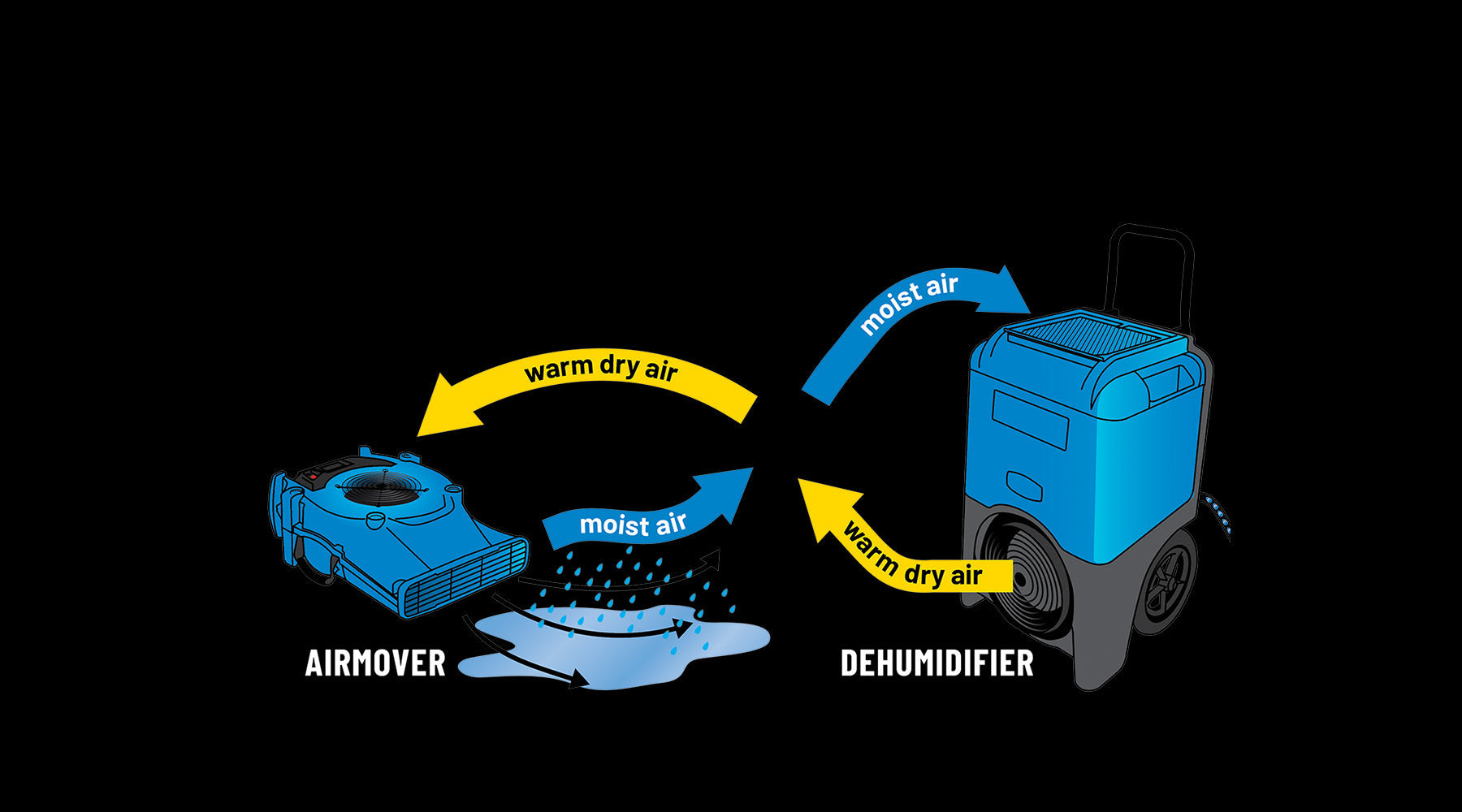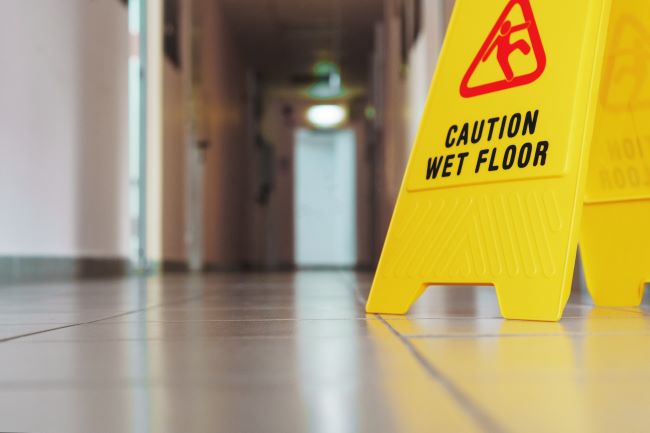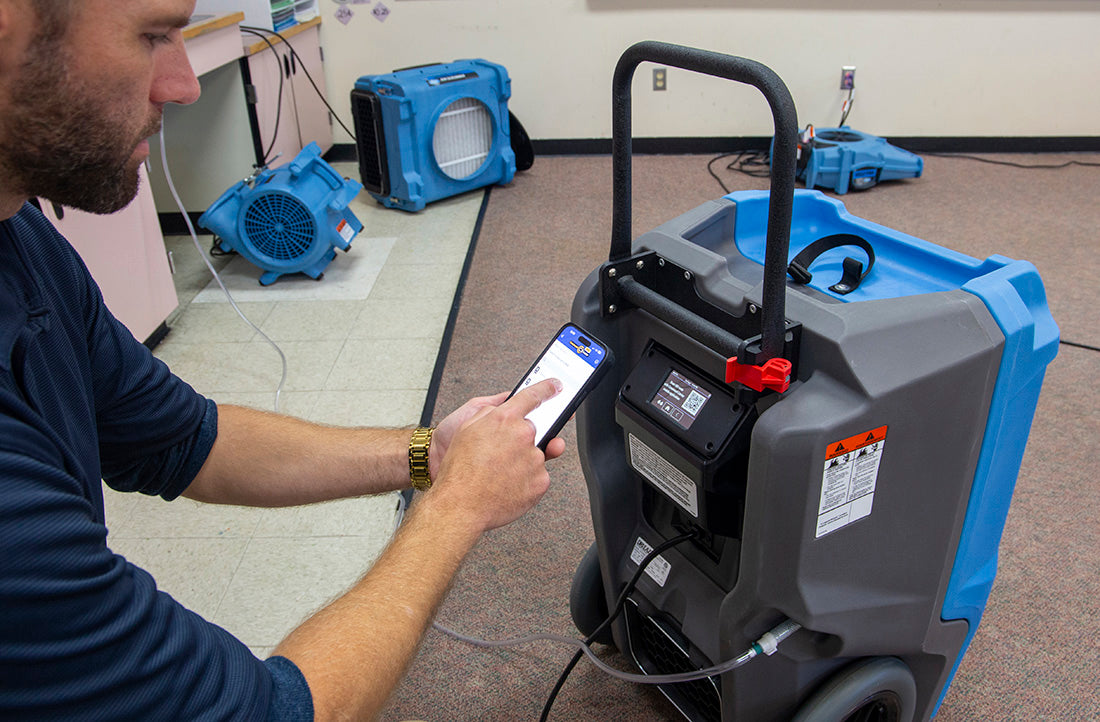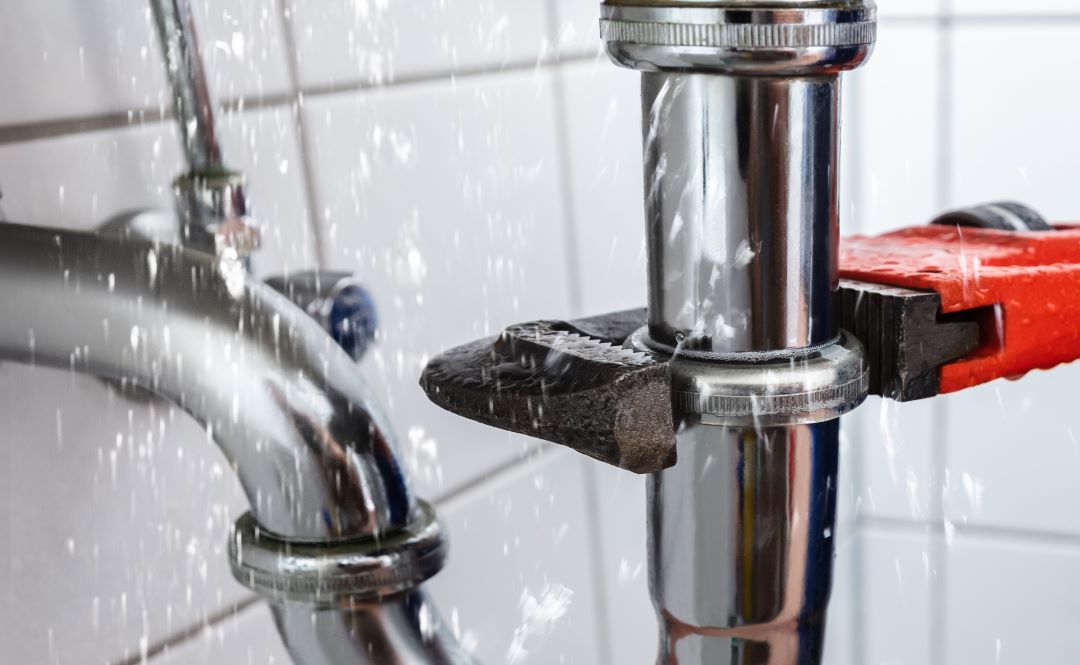Insights
Team Training: Essential Skills for Water Damage Response
The true key to successful water damage response lies in cultivating a skilled, knowledgeable team that knows how to operate equipment and how to assess damage, prioritize safety, and communicate effectively under pressure. Learn the core skills facilities teams need for faster water event recovery.
Staffing Smart over Winter Breaks
Freezing temperatures, snowstorms, and icy conditions can cause burst pipes and water damage which demand immediate attention. Here's how to set a solid staffing plan for weekends and holiday breaks to avoid having minor issues escalate into costly problems.
Winter Checklist for Maintaining Drying Equipment
Case Study: University of Tennessee Knoxville’s Water Damage Response Transformation
Adapting to Changing Conditions During the Drying Process
How Dehumidifiers and Airmovers Team Up for Effective Drying
Quick Guide to Safe Equipment Use
Equipment used during the drying process can pose hazards – from electrical risks to physical injuries. Ensuring that facilities teams are aware of the risks and well-trained in equipment safety practices will help prevent accidents and mitigate potential liability issues. Use this checklist to review equipment safety best practices for teams during remediation work.
Unlocking the Power of Humidity, Airflow, and Temperature
Understanding how humidity, airflow, and temperature (HAT) work together helps facilities teams create optimal conditions for faster drying and less downtime after water damage. These three elements significantly affect how quickly wet materials dry. By effectively managing HAT, facilities can take control of the drying process and speed recovery.
Water Damage Safety Hazards: Identify, Eliminate, Communicate
Be Prepared: The Role of SOPs in Emergency Response
Learn from Water Damage to Improve Recovery
Guide to Floodwater Safety: When Is It Okay to Handle In-House?
Conducting a thorough assessment of the source of floodwater is crucial before responding. Facilities teams must quickly assess whether the water is “clean” to know if cleanup by internal teams is feasible or if professional restoration or remediation intervention is necessary.



